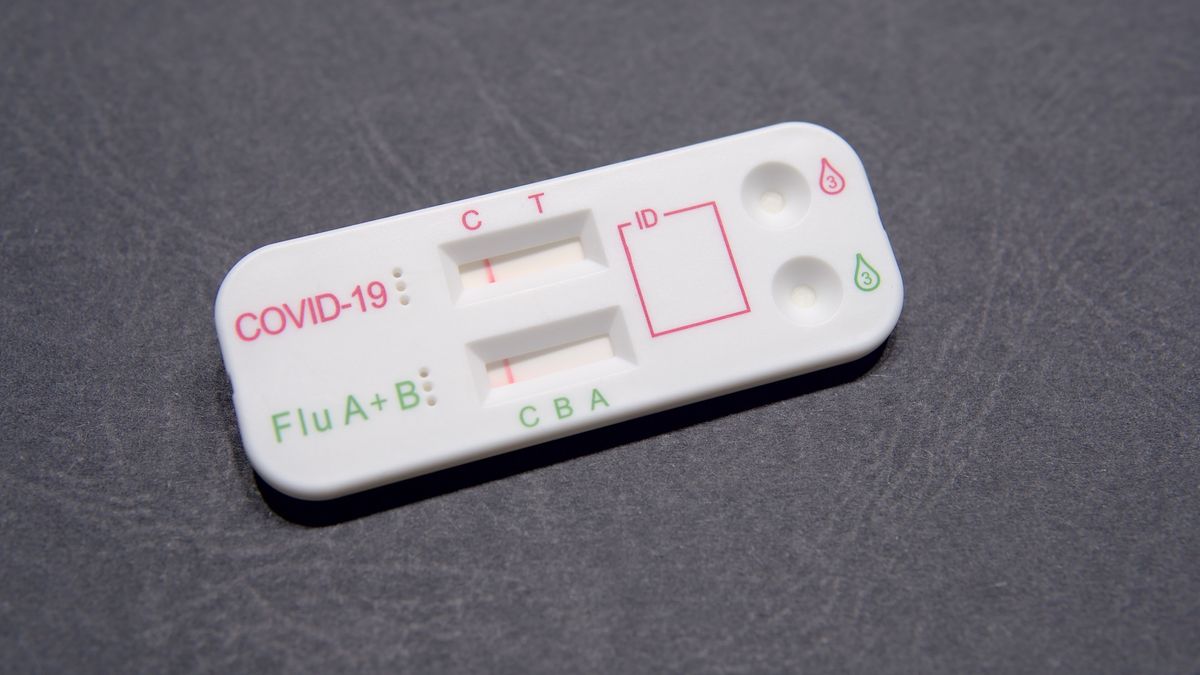
Revolutionizing Home Diagnostics: At-Home Tests for COVID-19 and Flu
In recent times, the landscape of at-home health diagnostics has transformed dramatically, especially concerning respiratory illnesses. The emergence of rapid tests that can identify both COVID-19 and influenza has revolutionized how we approach these common viruses, providing a vital tool for early detection and treatment.
Consider this: you wake up feeling under the weather, grappling with a scratchy throat, fever, and a persistent cough. While these symptoms are familiar to many, they pose a dilemma: Is it COVID-19 or the flu? Traditionally, determining the cause of such respiratory symptoms required a visit to a healthcare provider, where samples were collected using a long swab that might not always be comfortable. Patients had to endure the waiting game, sometimes for hours or even days, for results that could impact their treatment.
Thanks to initiatives like the National Institutes of Health's Rapid Acceleration of Diagnostics program, we now have access to over-the-counter rapid tests that can provide answers from the comfort of our homes. The U.S. Food and Drug Administration (FDA) has recently granted emergency use authorization to multiple tests capable of detecting COVID-19 alongside influenza A and B in a single sample. This development is crucial, especially during flu season, when many respiratory viruses circulate simultaneously, often presenting overlapping symptoms.
Also Read:- Anna Kendrick’sWoman of the Hour: The Chilling Tale of Serial Killer Rodney Alcala
- North Korea Allegedly Deploys Troops to Support Russia in Ukraine Conflict
The importance of these tests cannot be overstated. They enable individuals to discern the nature of their illness quickly and effectively, allowing for timely medical interventions. Early identification of COVID-19 or flu is vital, as antiviral treatments are most effective when administered soon after symptom onset. Having the ability to test at home not only alleviates pressure on healthcare facilities but also empowers individuals to take charge of their health.
These tests primarily use two methods: molecular tests, such as PCR, which detect genetic material from the viruses, and antigen tests, which identify specific viral proteins. Most at-home tests available today are antigen tests. They work by using a nasal swab to collect samples that are then applied to a test strip. If viral proteins are present, a line appears, indicating a positive result for either COVID-19 or the flu.
Despite their advantages, rapid antigen tests do have limitations. They can be less sensitive than lab-based PCR tests and might miss some infections. Therefore, it’s recommended that individuals who test negative but exhibit symptoms retest after 48 hours for greater assurance. Additionally, while these combination tests are great for identifying COVID-19 and flu, they do not currently detect other viruses that may present similar symptoms.
The availability of these tests is expanding rapidly, with pharmacies like CVS and Walgreens stocking them at reasonable prices, typically around $10 to $12. This accessibility is essential, especially for families wanting to monitor their health closely during peak illness seasons.
So, at-home tests for COVID-19 and influenza are game-changers, offering a convenient and effective means for individuals to monitor their health. With their rapid results, these tests help guide treatment decisions, ultimately leading to better health outcomes. As we navigate through respiratory virus seasons, having the capability to test at home signifies a monumental shift towards more empowered and proactive healthcare management for everyone.
Read More:

0 Comments